DWELL BEYOND THE ORDINARY
Top 7 ADU-Friendly States

With soaring home prices, thousands of Americans are now opting to live in an Accessory Dwelling Unit, or ADU for short. ADUs let thousands of people continue on in their desire to achieve the American Dream of home ownership. But what states even allow an ADU? In this blog we will help you find the top 6 ADU friendly states.
What Are ADUs?
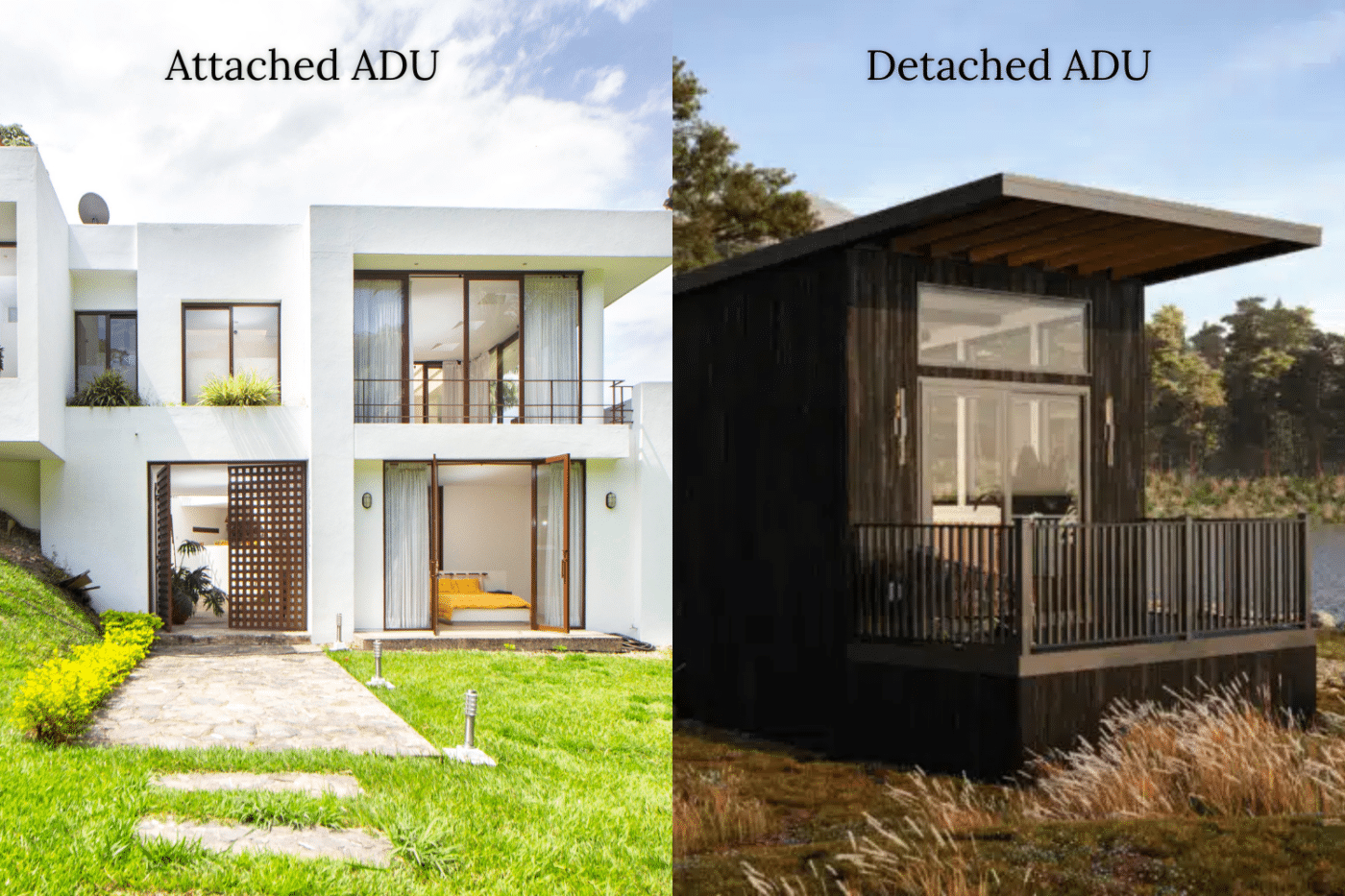
Accessory dwelling units are structures that are either separate from your home or at directly attached to your home. This allows you have have additional living space without having to share all the same space in your home. In most cases these spaces are used as long term rentals or as a place for aging parents to live close to family.
Attached ADUs
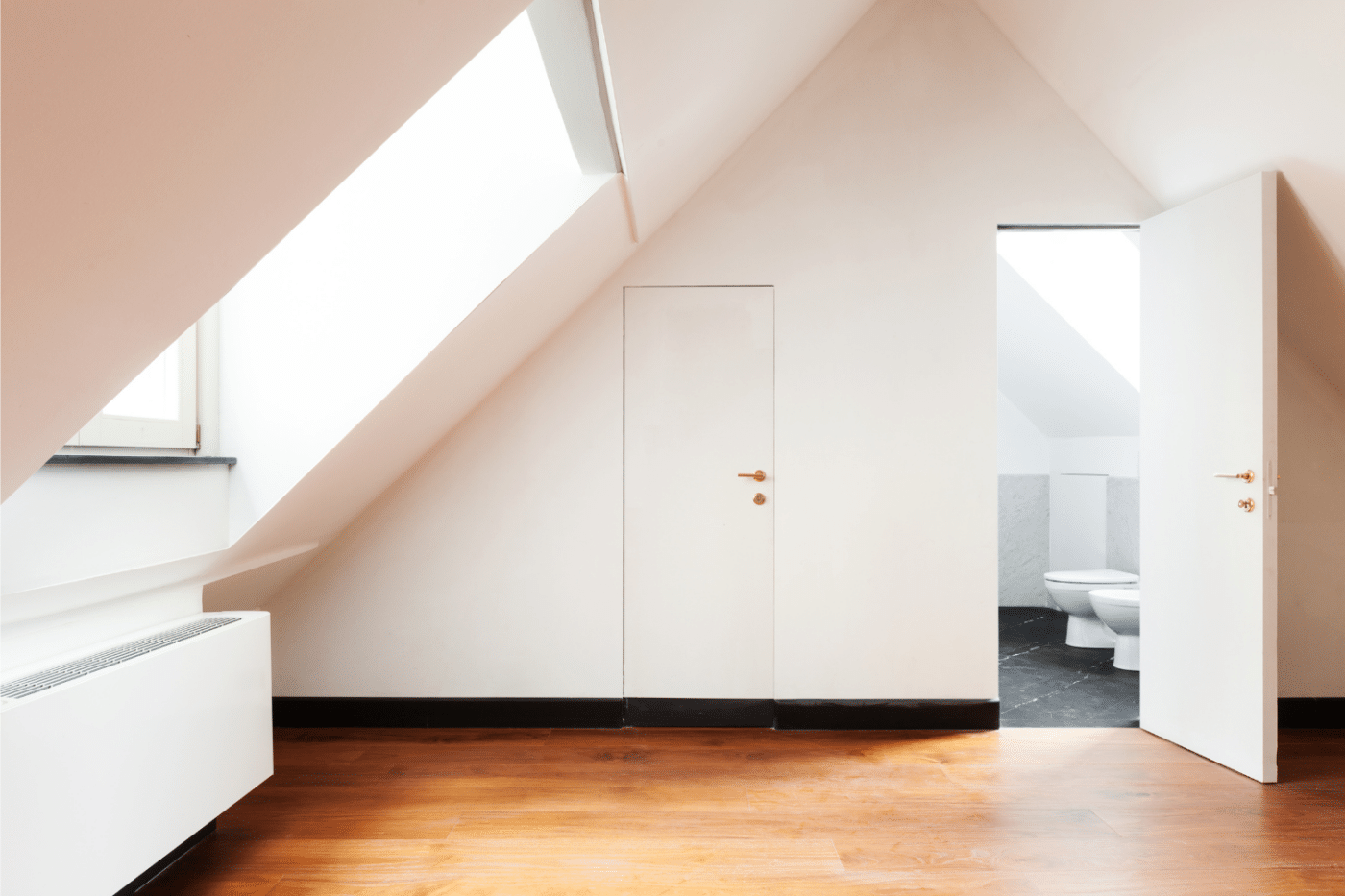
ADUs that are attached to your house are often called In-laws quarters, secondary sweet or accessory apartment. Typically these spaces are in your basement or attic but can also be a renovated garage. Depending on your zoning requirements, you may need to have certain access points to have your attached ADU meet the legal requirements of your area.
Detached ADUs
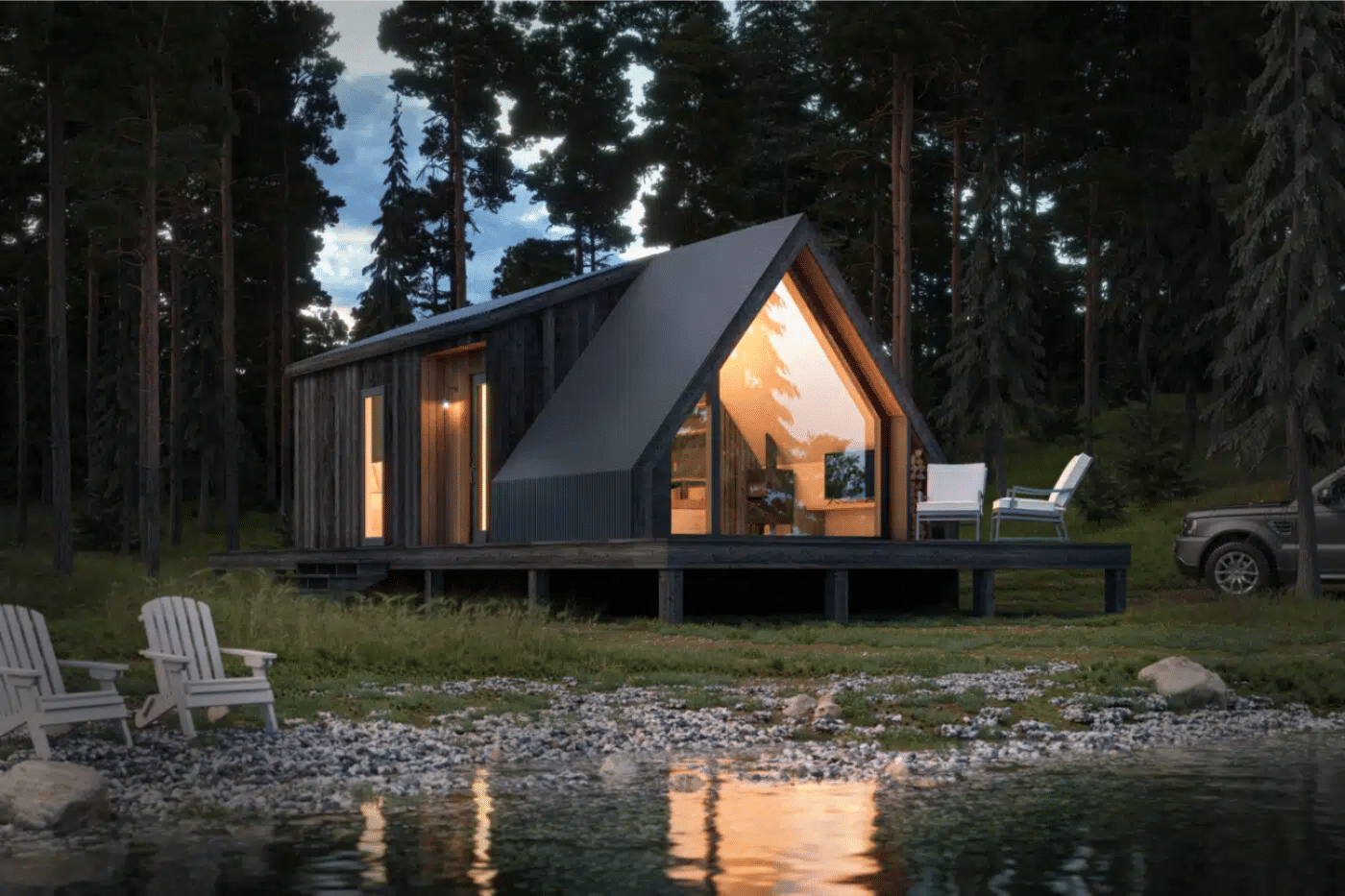
Detached ADUs are typically called Garden suited, carriage houses or Casitas. These structures are an ever increasing popular option especially on the west coast. These ADUs are typically constructed from renovating a garage or shed. However, at Zook Cabins we specialize in creating ADUs that are separate from the main dwelling, and capitalize on creating a beautiful and luxurious living space.
What Are The Top 7 Most ADU Friendly States?
Most states are ADU friendly to some capacity, meaning that an ADU as an addition or renovated space to your home is not typically an issue. However, for the purposes of this blog, we are going to focus on states that are the most friendly to having ADUs as a separate building on your property.
1.) Oregon
Oregon is a pioneer in changing laws regarding ADUs and tiny homes altogether. The city of Portland was the first area in the state to allow ADUs in the same property as your personal home due to the necessity for affordable housing. Portland offers waivers to incentivise the creation of ADUS. This incentive program aims to create more housing options in an urban environment.
The most significant changes that came about with this bill is that the home owner no longer needs to live on the property of the ADU. Additionally no off-street parking is required to add an ADU to your property.
The law states that the maximum square footage of a detached ADU cannot exceed 900 square feet. It also states that ADUs must be 40 feet behind the front of the lot line or primary dwelling. Most important of all, the provision of the waiver states that the ADU may not be rented for a time shorter than 1 month for the first 10 years.
Something to keep in mind about having ADUS as a separate dwelling on your property is that the population of the town needs to be 2,500 of greater. This is part of the restrictions enacted but the 2017 ADU bill passed in Oregon. This can result in having some challenges if you wish to create an ADU but have a population of less than 2,500 people.
2.) California
With a population of almost 40 million people, it’s no wonder California is one of the most ADU-friendly states in the country. Not to mention that 3 of the country’s most expensive cities are in California. With no sign of slowing population growth, or decrease in expenses, California continues to be a haven for ADU construction and provides an affordable housing opportunity.
With the new ADU bill regulations have removed a minimum lot size requirement for the dwelling units. This makes it easier for home owners to have more flexibility when choosing how to construct their ADU. Of note state law requires ADUs to be a minimum of 150 square feet and can be no larger than 1,200 square feet. Additionally, one-bedroom units should not exceed 850 square feet, and two-bedroom units may not be larger than 1,200 square feet.
Following the footsteps of Oregon, California eliminated the mandate requiring owner-occupancy and now allows owners to rent out their ADU and primary dwelling without being on site. To help incentivize the construction of ADUs. California has created a $40,000 grant to reimburse ADU owners for construction and closing costs of their ADU. There are some requirements for ADUs in California, such as need to rent out your buildings for a minimum of 30 days at a time. One unique feature of California ADU program is the allowance for owners of their primary residence to sell their ADU separately from their primary house.
To understand more about how the grant system in California works take a look at the video above.
3.) Washington
Like Oregon and California, Washington state removed owner-occupancy laws and parking mandates for ADUs. Something that makes Washington state special is that you can have two ADUs on your property. The ADUs may be a combination of an attached ADU as well as a detached garage but may not exceed 2 buildings per a property.
Before thinking about renting out your ADU for additional income, be sure to research your specific town’s building codes. Bellingham, for instance, prohibits short-term rentals of ADUs to push more toward long-term housing opportunities. ADUs in Washington state, may vary in size but may not be larger than 1,000 square feet or no more than 60% of the principal dwelling whichever is bigger.
4.) Connecticut

One state that made it a right for citizens to have either an attached or detached ADU is Connecticut. The state law declares that an ADU is permitted where a single-family residence is permitted. However, the state allows cities to create their own ordinances that may override this law. Almost 70% of the cities and towns chose this route, effectively blocking most otherwise approved ADUs. Since each town government manages ADU rules, the allowances for ADUS are a somewhat confusing market for homeowners..
Even though Connecticut’s ADU market is complex, the state law does mandate a maximum size of 1,000 square feet. Yet, each town implements its own building codes regarding height, lot size, and design and placement on the property. In most cases towns created these design rules to prevent ruining the current aesthetic of the neighborhood. This might sound crazy, but doing this makes the area’s housing market more predictable, sustainable, and oftentimes more desirable.
5.) Maine
Known for its picturesque landscapes and lobsters, Maine is quickly becoming on of the most ADU-friendly states. Previously, the state passed a law allowing homeowners to add either an attached or unattached ADU to their plot of land. The catch with this law is that the land must be for single-family use. The law also outlaws specific parking restrictions for ADUs. The state continues to stay dedicated to the flexibility of having ADUs by allowing more than one unit on a single-family plot.
Since Maine allows for multiple dwelling units per land lot, the need for large ADUs is non-existent. Maine allows each town and city to determine the size of the ADUs. Nonetheless when looking at most ordinances a ADU may not be less than 190 square feet and may not exceed 900 feet or 35% of the gross floor area of the principal dwelling unit unless otherwise stated. However, as stated each town determines their ordinances so check with your local zoning laws above all else.
6.) New York
The Big Apple and other municipalities have streamlined the process to build and own ADUs throughout the state. Like other states, New York leads the progress of ADU development and regulations to each town/county. New York City has created a grant to aid those below a specific area medium income (AMI). There are strict qualifications that must be met to be eligible for this grant as well.
For example, the dwelling unit must be owner-occupied, and the homeowner cannot be late on any payments for their mortgage. This includes being active in a payment plan. You might be thinking “Isn’t everyone with a mortgage in a payment plan?” and the answer is “No, not everyone is.” Being in a payment plan means you missed multiple payments and owe previous payments(also called back payments). You set up a payment plan to pay for the missing payments and bring yourself current with payments.
Now, regardless of the NYC grant, this is big news. In a city with over 8 million residents and sky-high housing prices, being free to own an ADU is an amazing opportunity. What’s even better is how large these units can be. Attached or unattached, ADUs only need to be a minimum size of 200 square feet and a maximum of 1,500 square feet. Of course, always check your local ordinances for precise regulations that affect your area.
7.) Minnesota
Minnesot has created laws regarding ADUs but it is also letting cities take charge and implement their own regulations. One regulation that Minnesota has constructed is to allow a maximum size of 800 square feet per ADU. This is slightly smaller than some states however, if the ADU is going to be used by only 1 or 2 people this should suffice as adequate space in most situations.
A crucial factor in ADU development in Minnesota is that the state provides a clear definition of what an ADU is. ADUs must have a kitchen, bathroom, and a lockable entrance. All these requirements ensure the difference between a main home and an accessory unit. Depending on what part of the state you are in there is a clear line when distinguishing between an ADU (secondary dwelling) and an in-law apartment.
What Kind Of Buildings Can Be Used For ADUs?
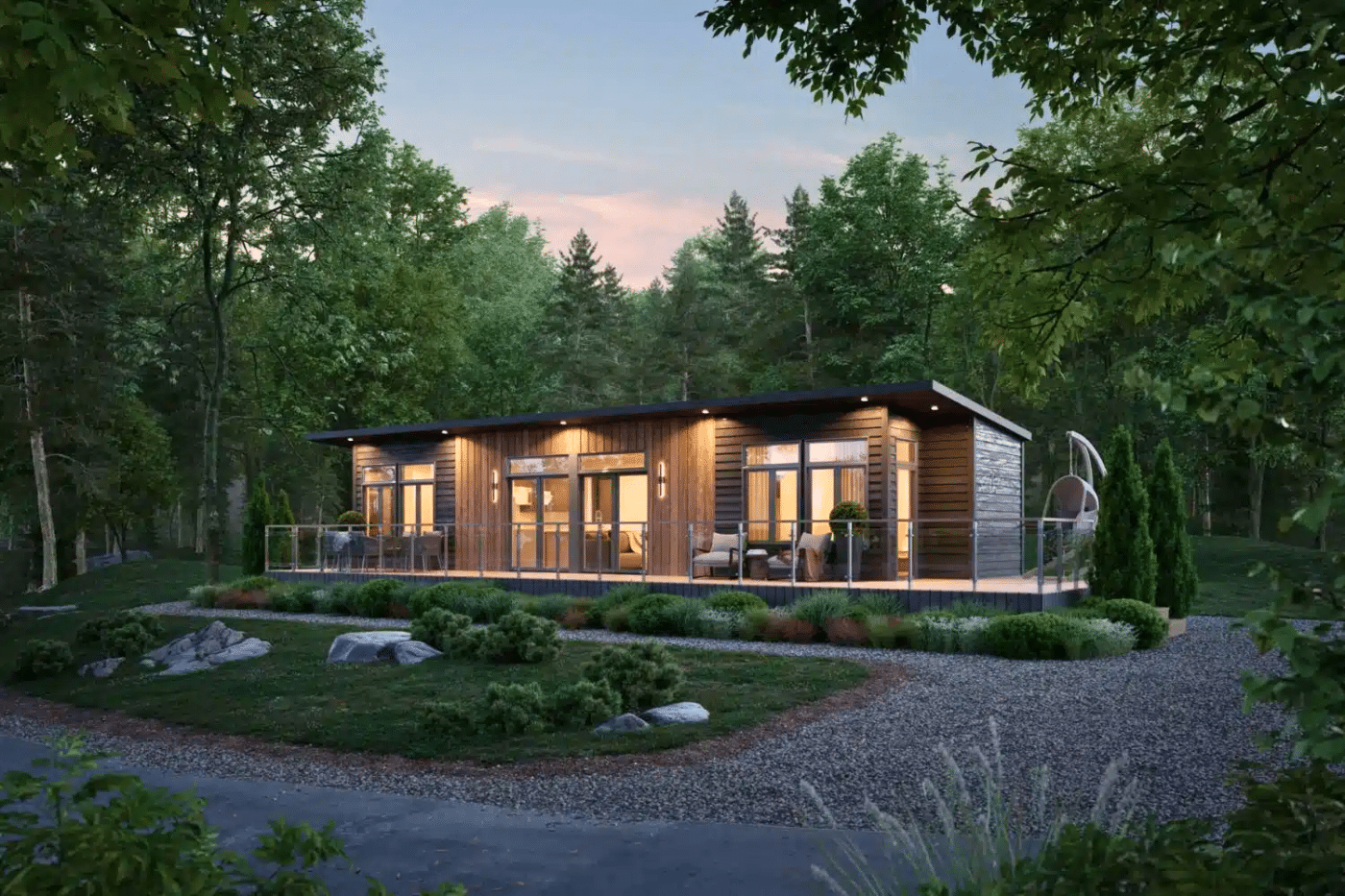
Every state has different guidelines as to what can or can not be used for ADUS. Often times the biggest thing that municipalities are concerned with is if the building is anchored correctly and if it meets the sizing requirements. At Zook Cabins we offer Log Cabins, Park Models, Modern Cabins, ADUs, and Luxury Mobile Homes. In each of these categories we have a building that would meet the sizing requirements for an ADU. However, you will need to see what your local government requires to know what building we have that would satisfy your desire and local government needs.
Are Park ModelTiny Homes On Wheels and ADUs the same thing?
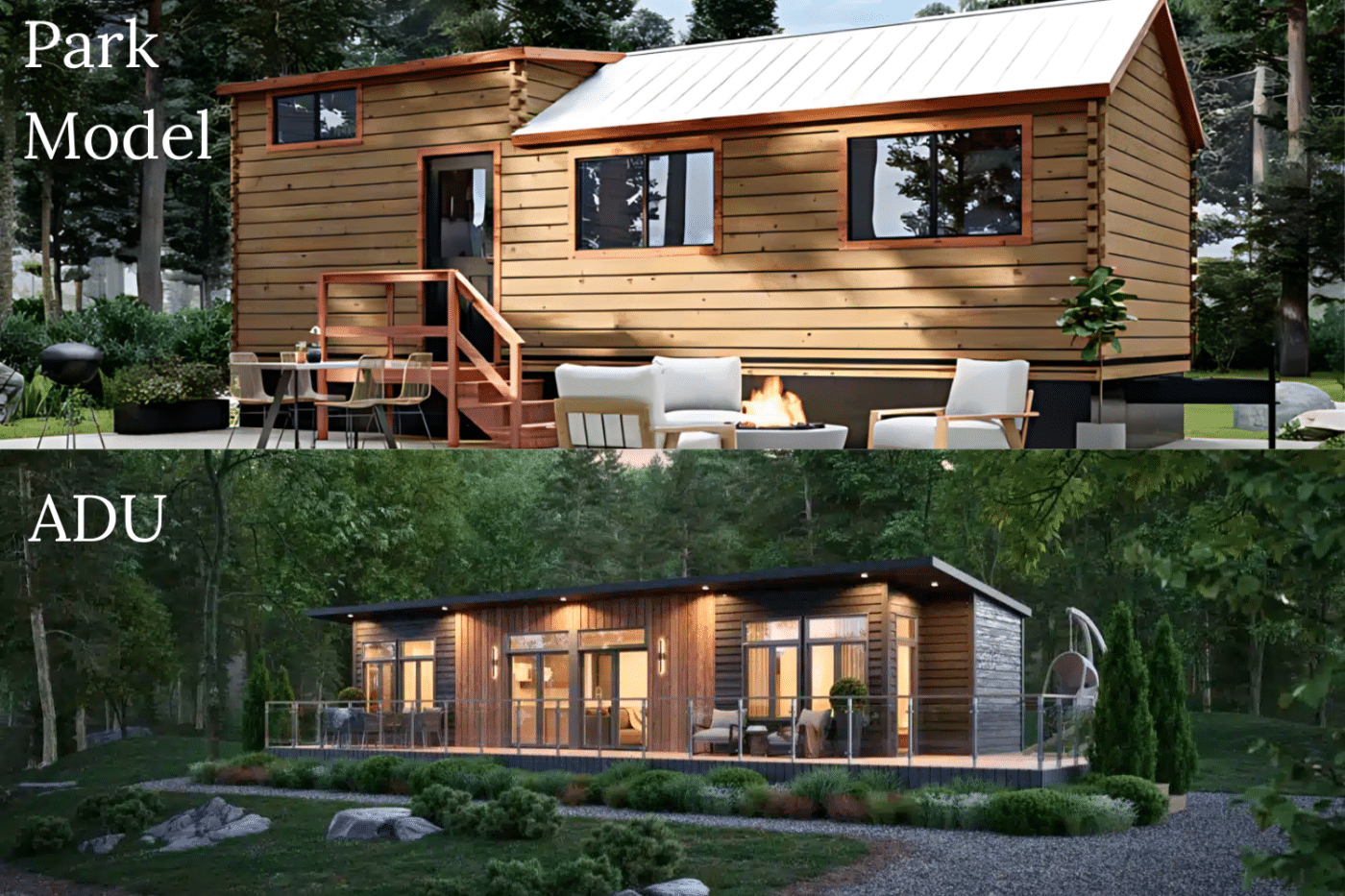
Sometimes. However, many places differentiate between an ADU and a Tiny Home on Wheels (THOW). In most cases ADUs need to be built and set on a permanent foundation and then anchored down completely. Yet some municipalities will allow, THOWs to be used as an ADU. It is best to check with you local zoning ordinance to understand the full requirements. If your zoning committee approves a THOW to be used as an ADU, check out our park model homes as a solution to your needs.
What Are There Federal Regulations For ADUs?

Not at this time. In the United States no federal law has been implemented to govern or determine one’s right to own or build an ADU. As it currently stands every state is allowed to govern itself in regards to ADUs. This has created different laws and building regulations regarding ADUs sizing, placement, and building style. In a nutshell, be prepared that from state to state you will have different requirements for an ADU.
What Are Basic Requirements For ADUs?

As we have seen throughout this blog, every state will have variances as to what is or is not acceptable for an ADU. However, there are several common requirements that seem to be consistent across the board, a separate entrance, a kitchen area, a fully functioning bathroom, and at least one bedroom.
Most states have a minimum and maximum square footage. For example Arkansas ADU requirements state that the building may be no bigger than half the size of the primary residence. In the same vein of thought, some states will require details on room count, ceiling height and overall floor space.
Likewise, some states will further regulate ADUs based on whether the unit is built for a single family member or tenant. In addition to this many states want clarification as to if the building will be attached or detached from the home.
Conclusion:
While in-law-quarters are nothing new, the development of having an Accessory dwelling unit on your property is and it is becoming quite popular. Some states, like Minnesota, set clear guidelines on the requirements for accessory dwelling units. Then states like Connecticut say that each town can dictate the difference between what is or is not acceptable. Nonetheless Zook Cabins is here to help you find the perfect cabin, park model, ADU or Luxury Mobile Home to fit the ADU needs that you have. Contact us and we will be happy to guide you every step of the way towards the perfect solution.
